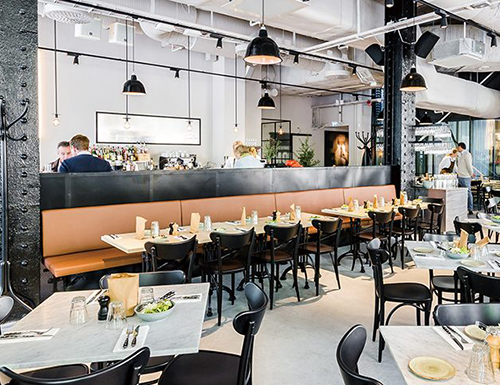
One key aspect to take into account is the type of loudspeakers being utilized. Different speakers have unique characteristics that impact sound clarity. For instance, array line speakers are often favored in large venues because they can broadcast sound over extended ranges while maintaining fidelity. These loudspeakers are designed to function in unison, allowing sound to arrive at every area of the room evenly. Additionally, bass speakers can be strategically placed to boost bass output, making the audio experience more engaging. Choosing the appropriate combination of speakers is crucial for attaining the best sound clarity.
Another critical factor is the layout of the loudspeakers. The placement should be determined on the audience's configuration and the location's acoustics. For example, loudspeakers should be set at an appropriate height and tilt to guarantee that sound waves hit the spectators without distortion. It is also important to steer clear of positioning speakers too near to walls or edges, as this can cause unwanted echoes and diminish audio clarity. A well-thought-out setup can assist minimize sound problems and create a more enjoyable auditory encounter.
In addition to loudspeaker placement, sound testing is a vital step in the procedure. Before the occasion begins, conducting audio tests allows organizers to identify any possible issues and make necessary modifications. This checking should include monitoring for feedback, adjusting sound intensities, click for info and confirming that all speakers are functioning properly. By investing the time to check the audio system, event organizers can confirm that the audio clarity satisfies the audience's expectations and enhances their involvement with the event.
Finally, spectator engagement can be further enhanced by considering the overall layout of the venue. Factors such as arrangement, illumination, and stage configuration can all affect how the audience engages with the speakers. For example, a brightly illuminated platform can draw focus to the speaker, while comfortable chairs can keep the audience attentive and alert. By establishing an welcoming atmosphere, planners can foster a connection between the presenters and the audience, resulting to a more unforgettable and significant event. In summary, careful planning and consideration of audio quality and spectator involvement are essential for effective events in large locations.